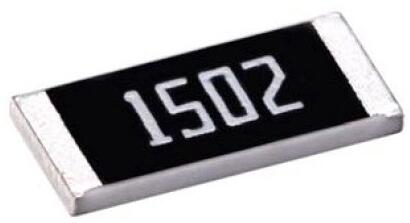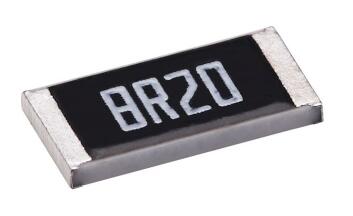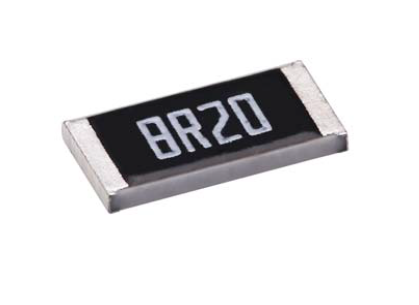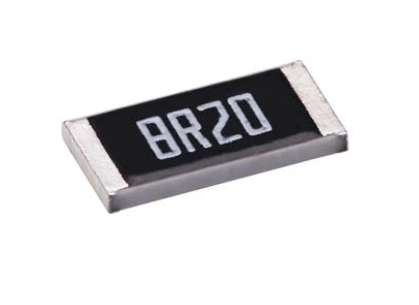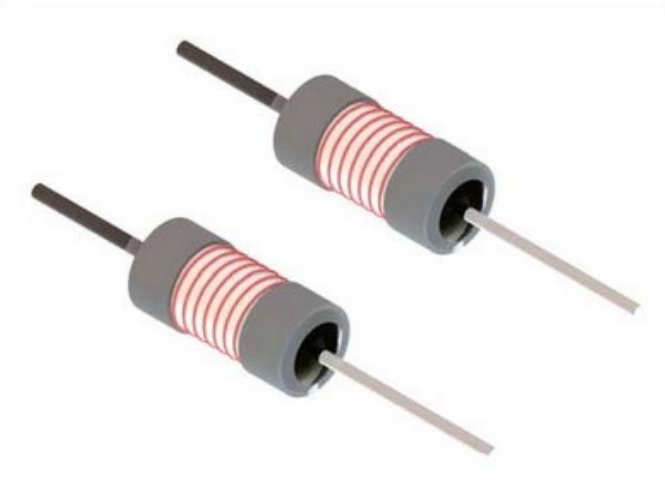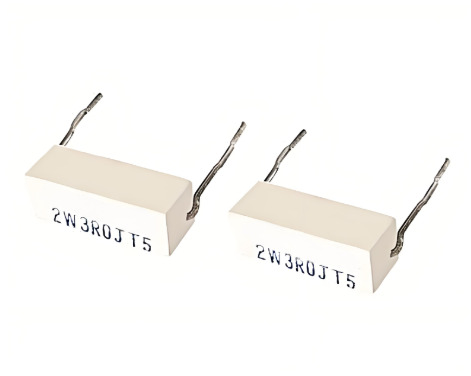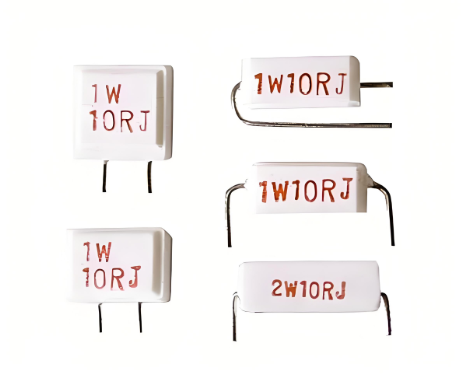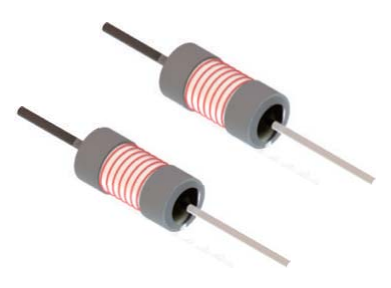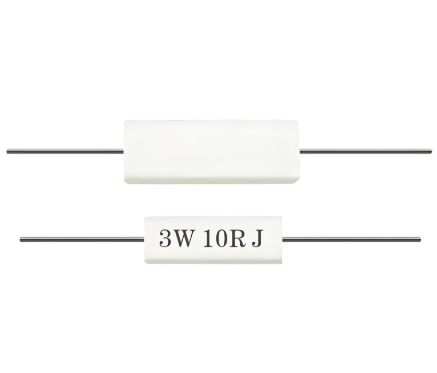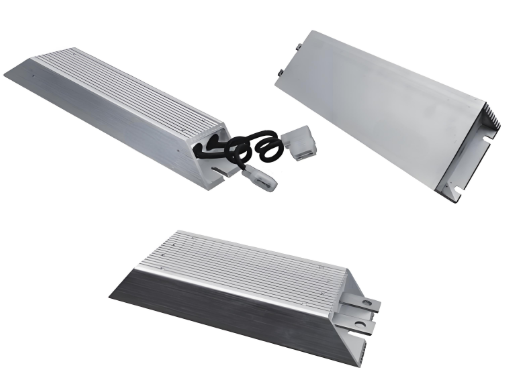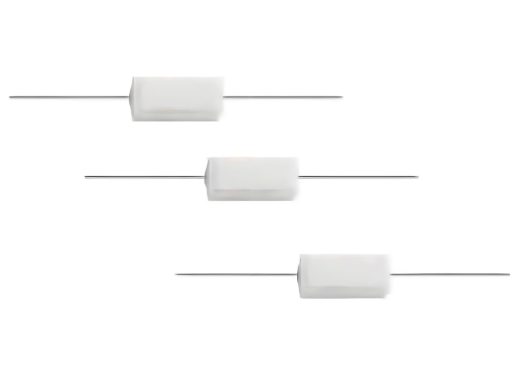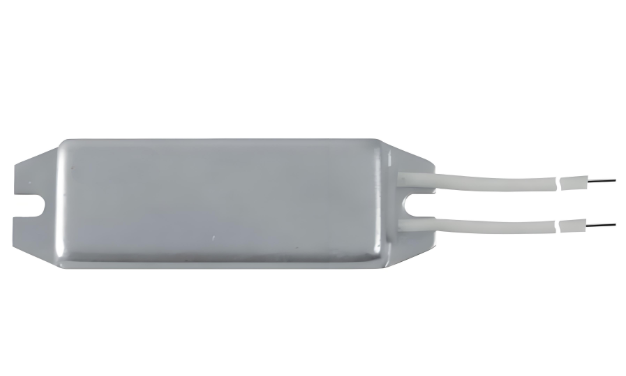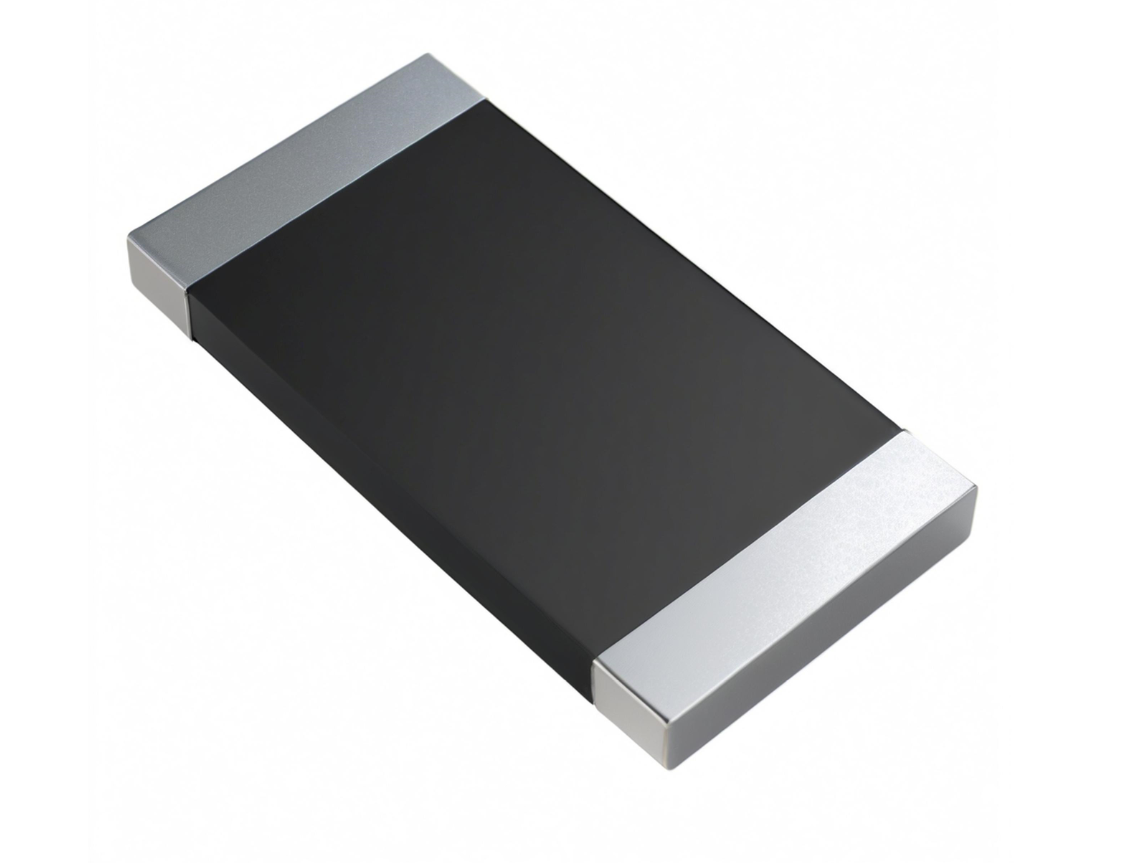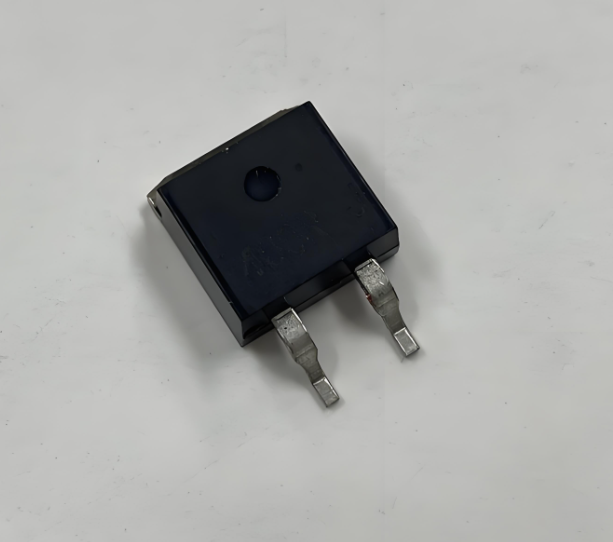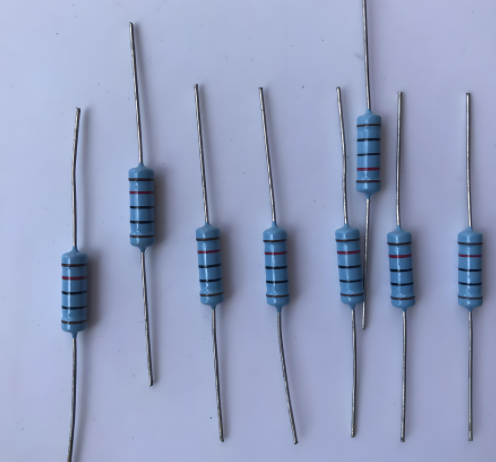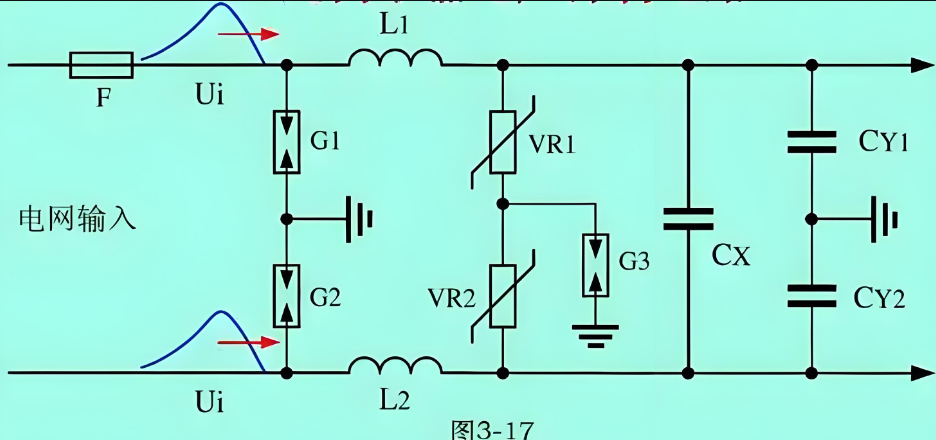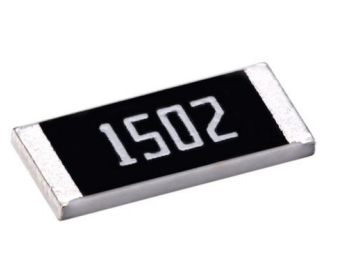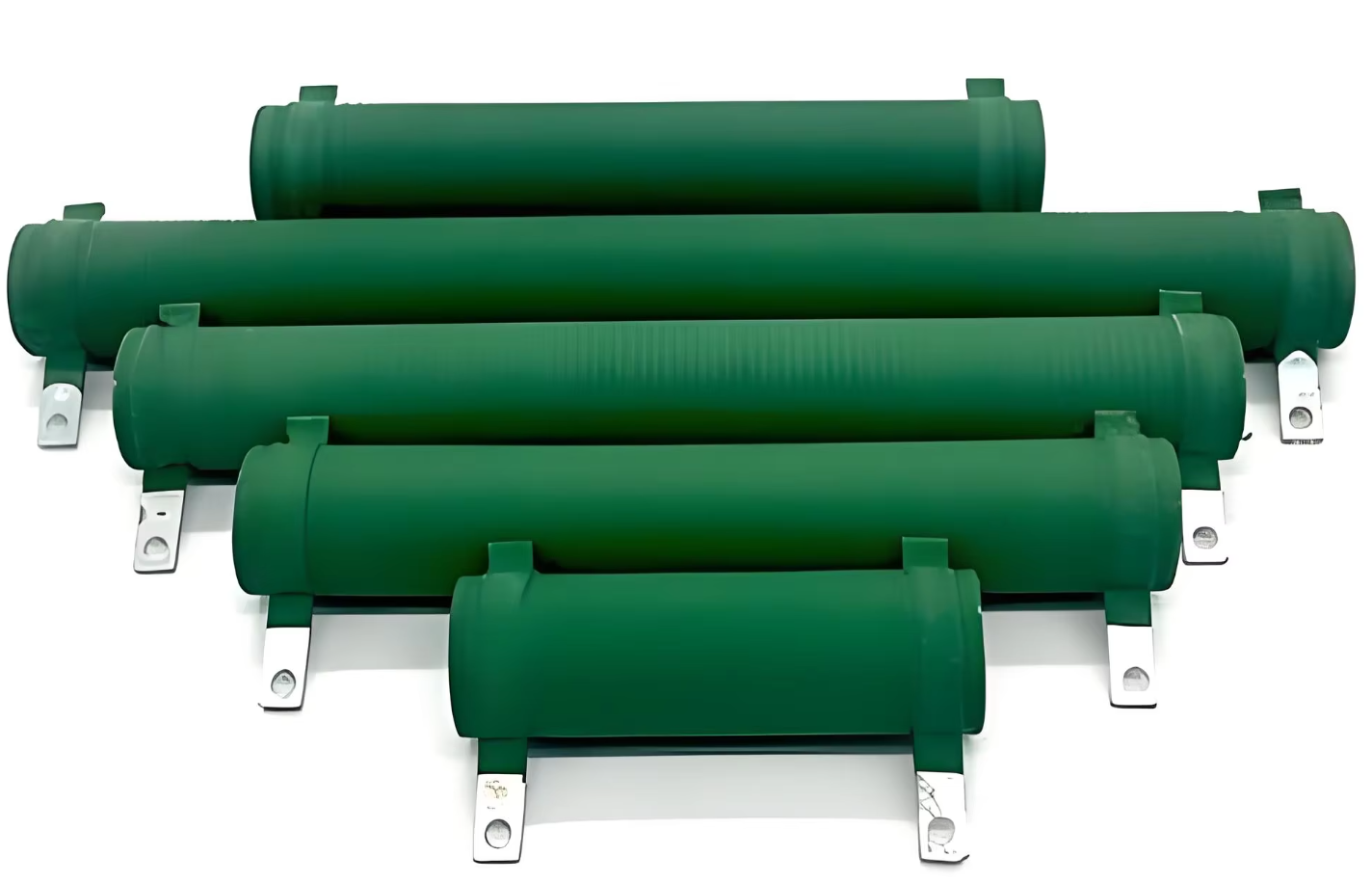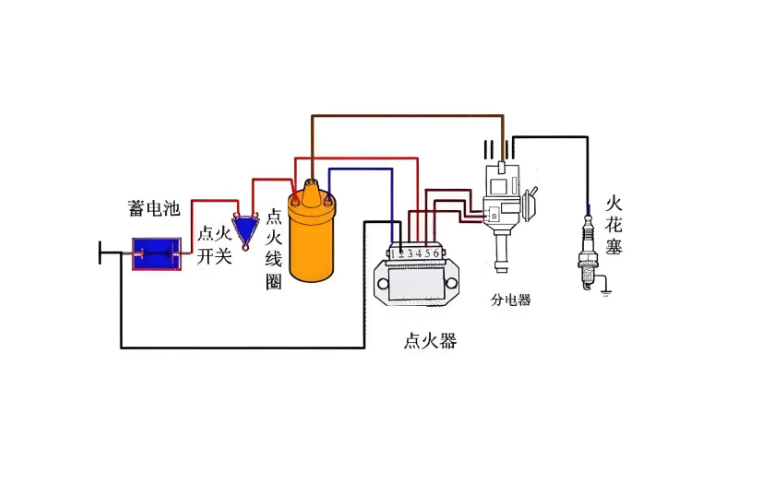Telecom Surge Resistors: Essential Components for Modern Electronics
Telecommunications systems are an integral part of the modern world, requiring robust and reliable components to handle the ever-increasing demands of data transmission and connectivity. Surge resistors, particularly designed for telecom applications, play a crucial role in safeguarding these systems against voltage spikes and transient surges. This article explores the importance, applications, and benefits of telecom surge resistors.
Table of Contents
Introduction
With the rapid advancement in telecommunications technology, the need for reliable power supply surge protection resistors has become more critical than ever. These resistors are designed to handle surges voltage fluctuations and protect sensitive electronic components from damage. They ensure the continuous operation of communication systems and maintain signal integrity.

Applications
Telecom surge resistors find extensive use in various applications, including:
Signal Transmission: To safeguard high-speed data transmission lines.
Network Infrastructure: In routers and switches that form the backbone of communication networks.
基站 Equipment: To protect base station equipment from lightning and power surges^142^.
Satellite Communication: In satellite ground stations where signal integrity is paramount.
Benefits
The use of telecom surge resistors offers several significant benefits:
Enhanced Signal Integrity: By reducing voltage spikes, they maintain the clarity of transmitted signals.
Component Protection: Prevents damage to sensitive electronic components from voltage surges.
System Reliability: Improves the overall reliability of telecom systems by protecting against transient events.
Compliance with Standards: Ensures adherence to industry safety and performance standards.
Design Considerations
When integrating telecom surge resistors into circuit designs, consider the following factors:
Energy Dissipation Capacity: Ensure the resistor can handle expected surge energy levels.
Response Time: Must react quickly to voltage spikes to provide immediate protection.
Physical and Thermal Stability: Withstand environmental and mechanical stresses.
Size and Form Factor: Suitable for the space and thermal characteristics of the circuit.
Problem and Solution
Problem: Inadequate surge protection resistor performance leading to component failure.
Solution: Implement surge protection resistors with adequate energy dissipation capacity and fast response times. Regularly test and replace resistors as necessary to ensure ongoing protection.
Best Practices
To maximize the effectiveness of telecom surge protection resistors:
Match the resistor specifications: to the application requirements precisely.
Proper Circuit Design: Ensure the resistor is integrated into the circuit design for optimal performance.
Regular Inspection: Check for physical damage and degradation over time.
Environmental Considerations: Account for operating conditions that may affect resistor performance.
Conclusion
Telecom surge resistors are indispensable in the design of high-reliability circuits for telecommunications. Their applications span across diverse fields, offering substantial benefits like voltage spike suppression and component protection. By considering key design factors and adhering to best practices, engineers can ensure these resistors provide the necessary protection and maintain system reliability.

